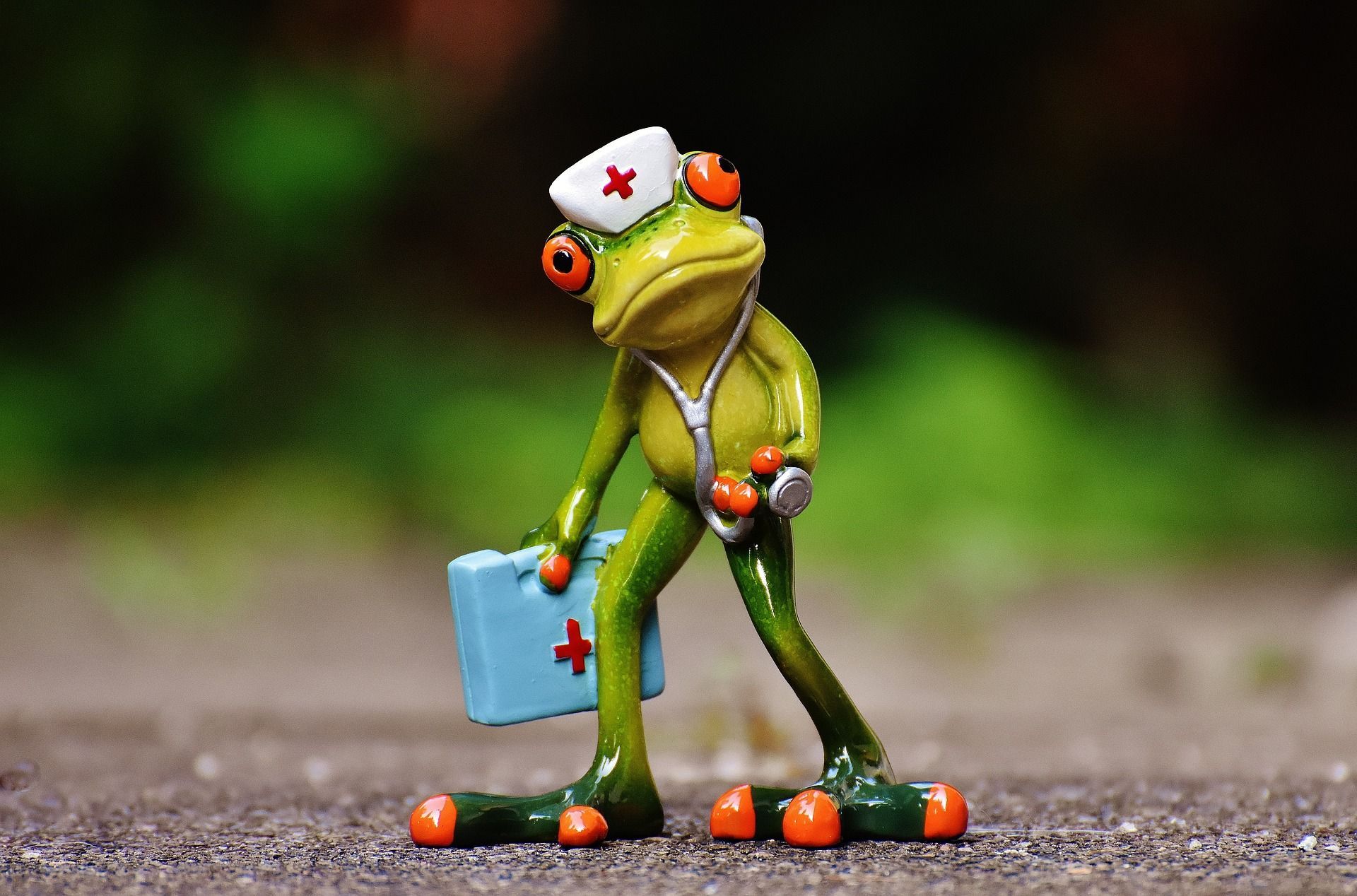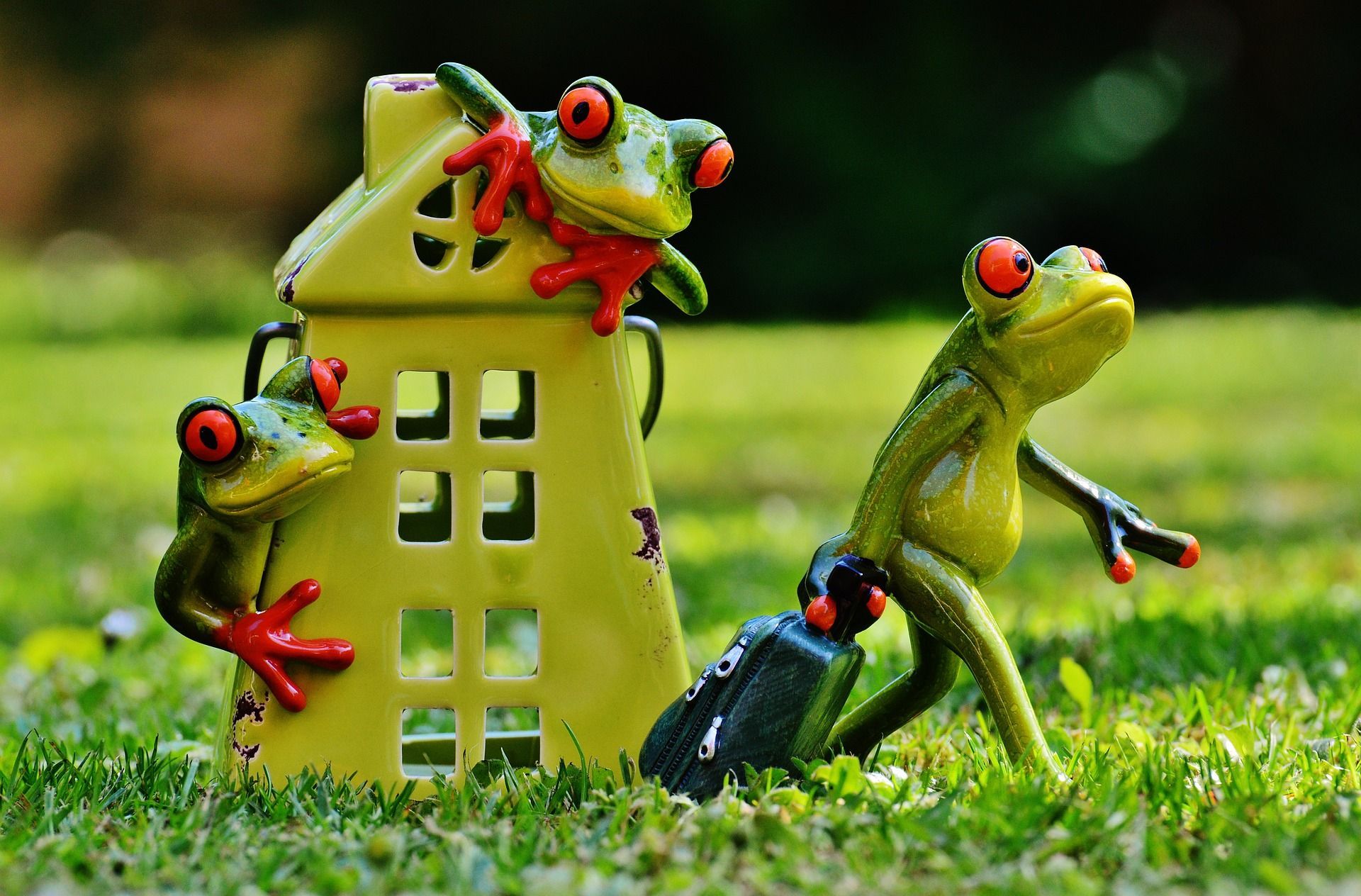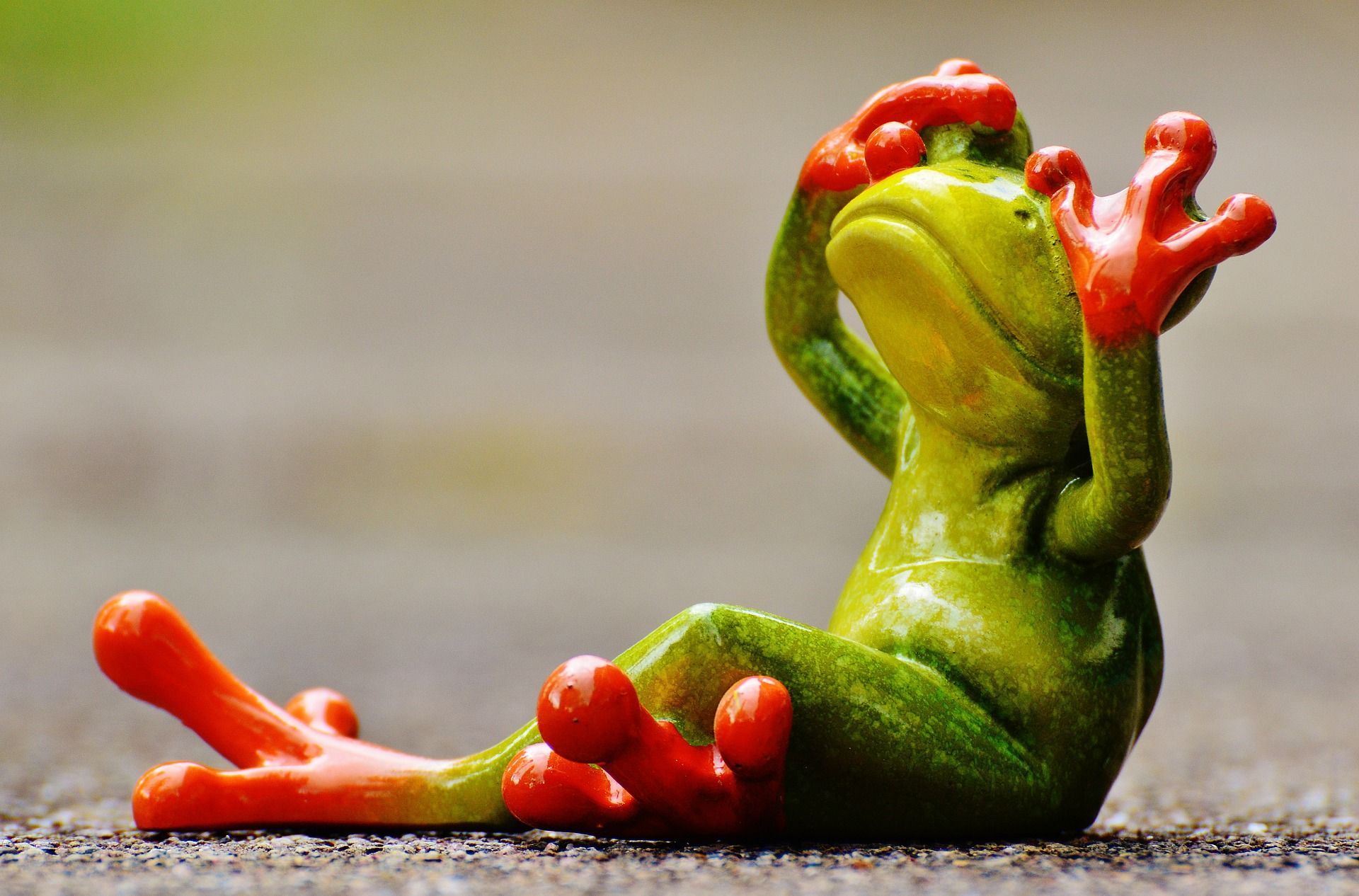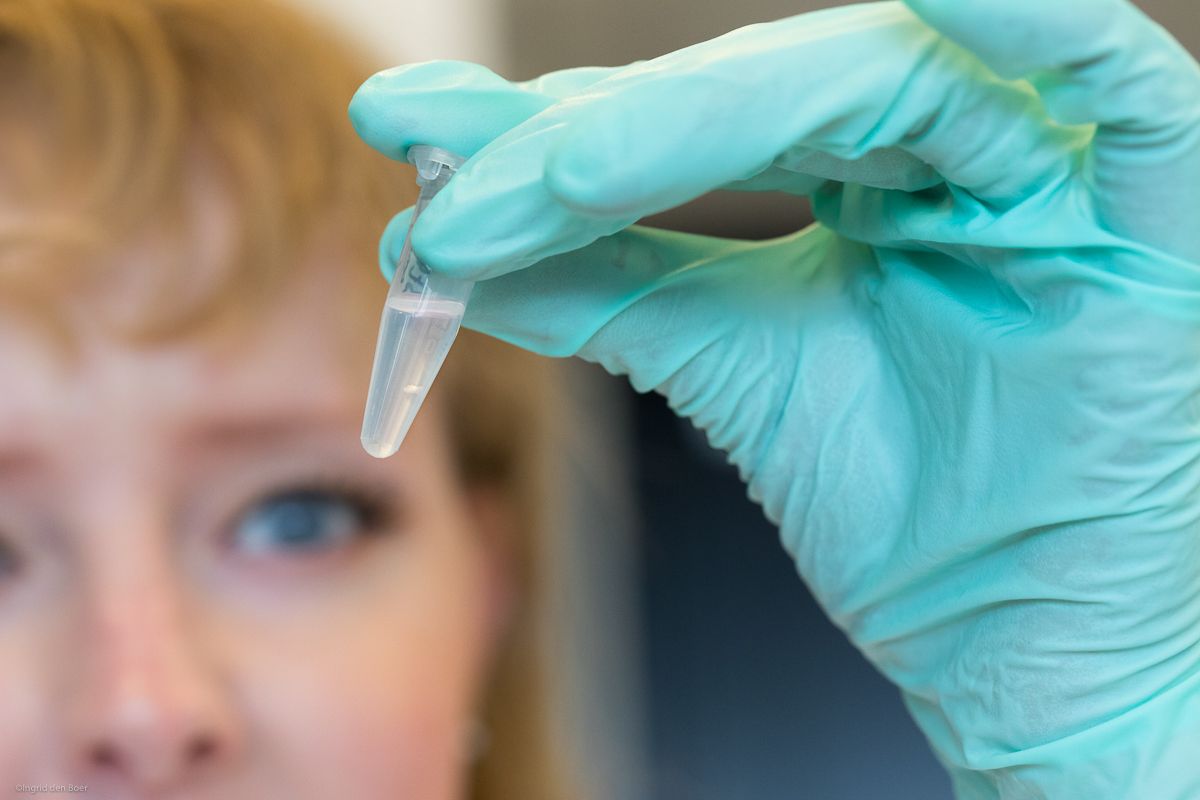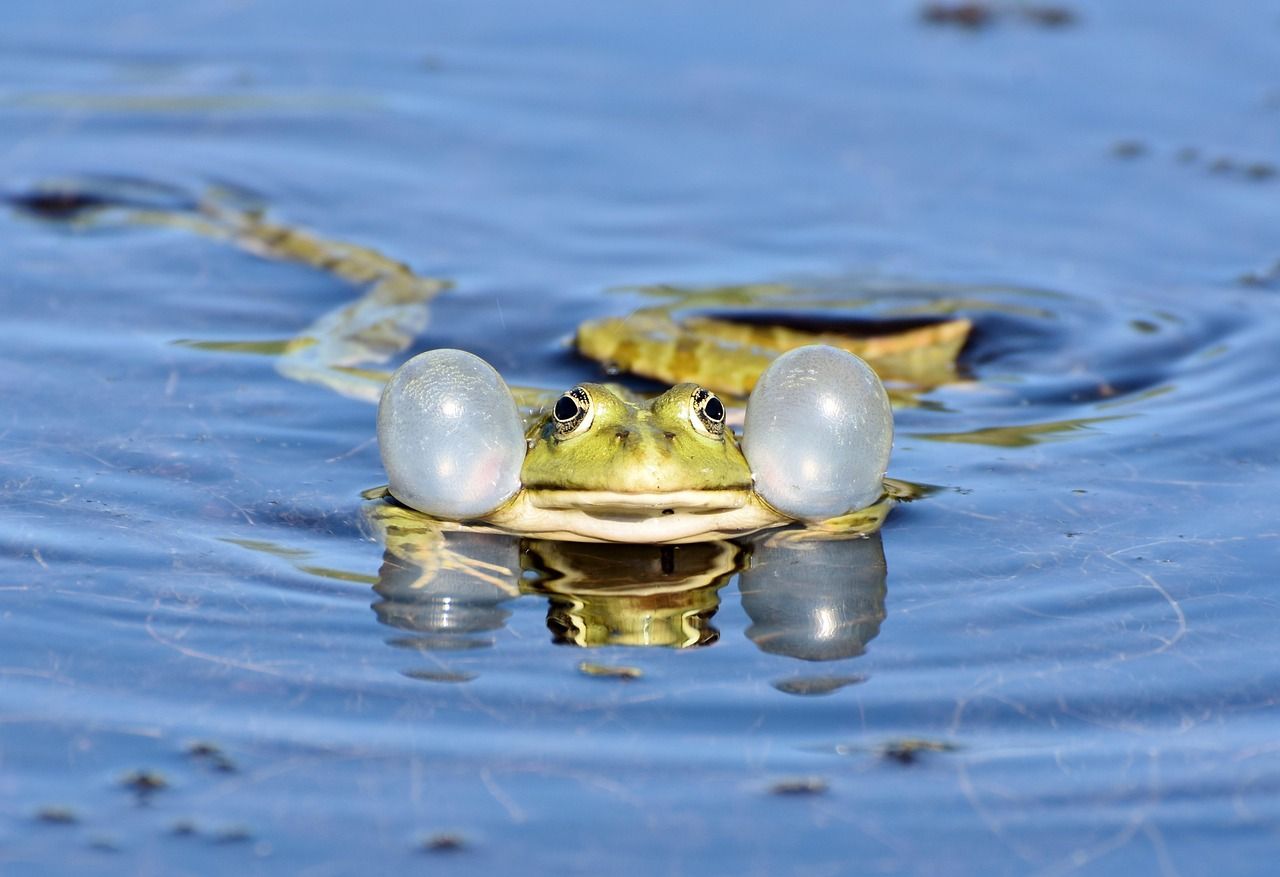Six reasons why amphibians are declining worldwide
(Engelse versie blog, voor de Nederlandse versie klik je hier)
25 apr, 2023
Already since far before the dinosaurs existed, amphibians existed. But now populations, even entire species, are disappearing at fast pace. Climate change, habitat loss, the illegal pet trade, the introduction of invasive species and a rapid emergence of deadly, infectious diseases all pose serious threats to amphibians worldwide. The biggest cause? Humans.
Amphibians comprise a group of animals that includes the frogs, toads, salamanders and the lesser known caecilians. Scientists have been studying these animals for centuries already. And they have been around for a long time: the most recent common ancestor of all amphibians lived far before the first dinosaurs appeared!
One small frog species, the Darwin’s frog (Rhinoderma darwinii), has been named after the famous Charles Darwin. He discovered this special species in Chile during his “Voyage of the Beagle” exploration in the 19th century. It is a relatively small frog species and it is known for its unique type of parental care: the father carries the tadpoles in his mouth. Although the Darwin’s frog once thrived, it is currently endangered - as are many other amphibians worldwide.
[Text continues after photo]
1: Deadly pandemics
One of the major reasons amphibians are dying out is the emergence of fatal, infectious diseases. The greatest threat may very well be the emergence of chytridiomycosis: a deadly, pandemic illness caused by certain fungi that literally ‘eat away’ the skins of amphibians.
Yikes!
Amphibians rely on their skin for breathing oxygen and for the passing through of other water-soluble molecules and nutrients. This means that if their skin gets too damaged, they eventually suffocate! Scientists are already calling the emergence of chytridiomycosis “the worst infectious disease ever recorded among vertebrates”. So actually this disease is, to amphibians, far worse than corona is to us. Just to make a quick comparison. It is estimated that over 700 amphibian species are currently affected by the disease, and perhaps over a hundred of species have already gone extinct in the last few decades as a result of it.
In addition to the fungi, the poor amphibians are also facing deadly viruses, the most common ones being the Ranaviruses (‘rana’ is the Latin word for ‘frog’). Unfortunately, there is no cure for the deadly diseases - and there also does not seem to be a solution to effectively fight the pathogens. This is a big problem. Especially since modern globalization and wealth has lead humans to travel the world easily. This has increased the the spread of infectious, amphibian diseases dramatically.
2: Habitat is disappearing
Next to deadly diseases, amphibians are going through some hard times because the habitats that they rely on are disappearing. Habitat loss, alteration, and fragmentation are causing populations to shrink or even vanish. Humans are encroaching natural areas as a result of urbanization, and landscapes change because of agricultural developments. This leads to terrains becoming uninhabitable for amphibians – it causes them to literally lose their homes!
[Text continues after photo]
Because amphibians are generally reliant on both water and land, and because their habitat requirements tend to change across their life stages (a tadpole lives life differently than an adult frog, for instance), it is impossible to take just one, targeted conservation approach to save their natural living areas.
3: The impact of pollution
On top of the danger of disappearing habitats, amphibians are also impacted by industrial and agricultural pollution, which is a problem even in locations where their habitat is still (partially) intact. In fact, pollution is extra dangerous to amphibians in comparison to other types of animals, because their sensitive and permeable skin renders them more susceptible to chemicals - and likely also microplastics. You are already starting to notice how difficult it must be to be an amphibian nowadays!
4: Climate change and weather extremes
Just as how amphibians are sensitive to pollution, they are sensitive to other environmental factors. Today’s climate change and global warming are leading to alterations in the temperature and moisture of the environment. This is again disrupting the dermal uptake system of amphibians. And there is more. [Text continues after photo]
Climate change and global warming also impact amphibian life cycles. As these animals are highly dependent on weather conditions for their breeding behavior, reproductive seasons may come too early or too late for them if the weather is not optimal. For instance, warmer winters lead to earlier breeding with fewer eggs, which may be detrimental for the long-term survival of populations. On top of that, amphibians are not always very well equipped to deal with extreme weather conditions, such as seasonal droughts and wildfires. Most amphibians are likely unable to evolve and adapt fast enough to keep up with the unnatural fast pace of climate change.
5: The illegal pet trade
‘Just stop already!’ you must be thinking by now. But we do need to discuss a few more things. For instance the illegal pet trade. Amphibians make popular pets and although it is possible to obtain certain species legally and to take care of them properly, many species are consistently being collected from the wild to be sold illegally. Scientists found that this is the case for at least over a thousand amphibian species, of which 20% is known to be endangered in the wild. And the true number is likely even higher than that!
[Text continues after photo]
6: 'Intruders' (invasive species)
A less described, but serious consequence of the pet industry besides, obviously, the harvest of wild animals, is the release of invasive species in new locations. When exotic species end up in some place where they don't naturally occur - ánd if they then settle there and increase in numbers - we can call them 'invasive'. This can happen on purpose, or by accident (for instance if pets escape). Invasive 'intruders' can compete with native species for food or living space, or they may even eat native species, eradicating them. Also, they can bring some of the dangerous pathogens discussed earlier onto new territory. You can compare this again with corona, which humans spread all across the globe in no-time because all areas of the world are so interconnected nowadays. The introduction of exotic species can therefore drive native species to extinction.
Can we still save amphibians - and should we even care?
Yes and yes! Luckily – despite all this misery – there is still some good news left: we are able to save many amphibians, including the Darwin’s frog, from their drastic downfall in the near future. But to save amphibians from extinction, natural environments all across the globe will need to be kept as cool, green, and clean as possible! Together, we thus must learn to appreciate and help amphibians more than we do now. This is important because without amphibians ecosystems will deteriorate, which will affect the well-being of humans as well. Want to know more about that? Then read my other article 'Why are amphibians ‘bioindicators’ and what does this mean?'
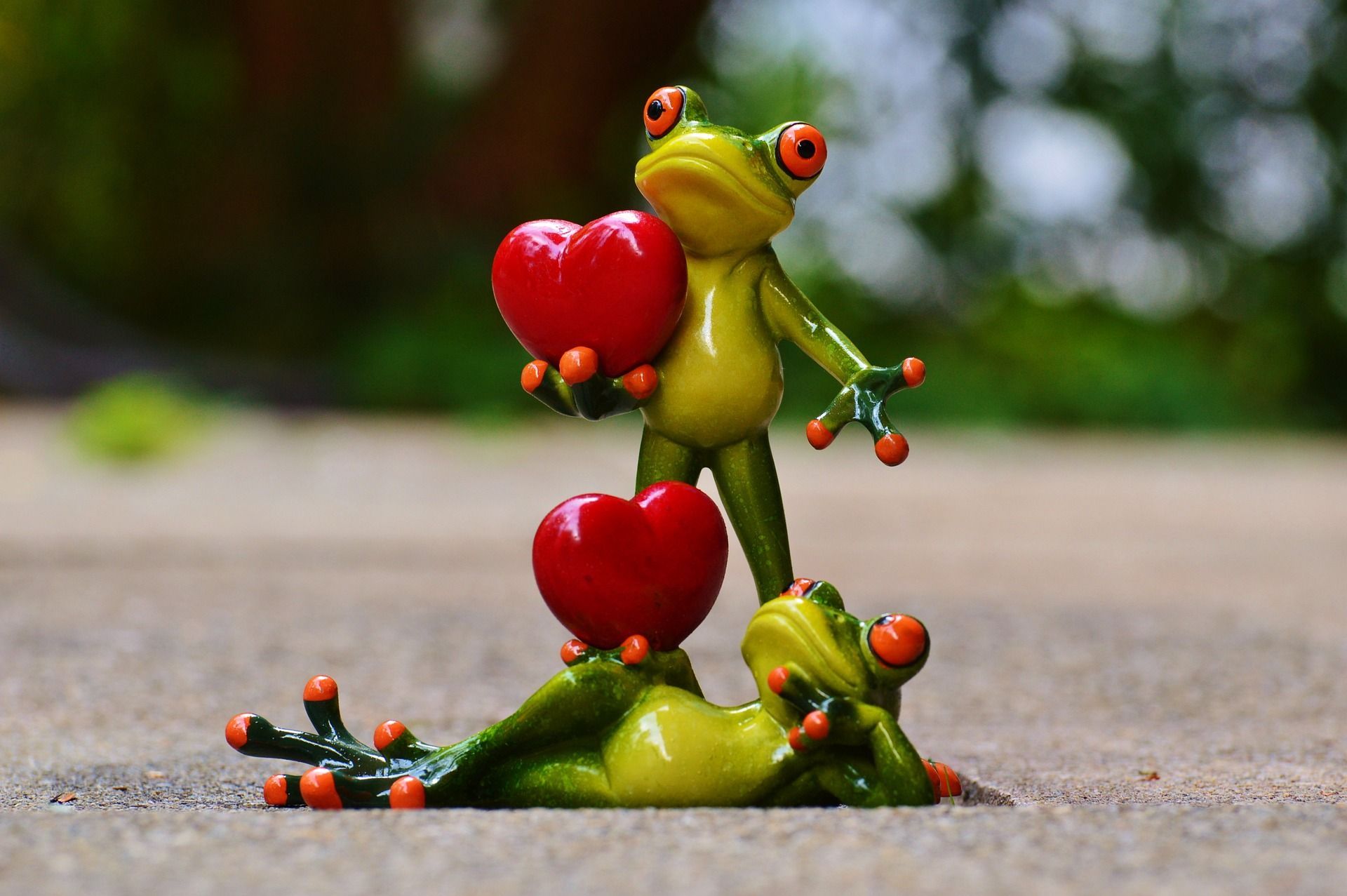
1 Hughes, A.C., Marshall, B.M. & Strine, C. T. (2021) Gaps in global wildlife trade monitoring leave amphibians vulnerable. eLife.
2 da Costa Araújo, A.P., Rocha, T. L., de Melo e Silva & D., Malafaia, G. (2021) Micro(nano)plastics as an emerging risk factor to the health of amphibian: A scientometric and systematic review. Chemosphere.
3 Hof, C., Araújo, M., Jetz, W. & Rahbek, C. (2011) Additive threats from pathogens, climate and land-use change for global amphibian diversity. Nature.
4 Stringham, O. C. & Lockwood, J.L. (2018) Pet problems: Biological and economic factors that influence the release of alien reptiles and amphibians by pet owners. Journal of Applied Ecology.
5 Ford, J., Hunt, D.A.G.A., Haines, G.E., Lewis, M., Lewis, Y. & Green, D.M. (2020) Adrift on a Sea of Troubles: Can Amphibians Survive in a Human-Dominated World?. Herpetologica
6 IUCN SSC Amphibian Specialist Group
Photos: Pixabay CC0.


